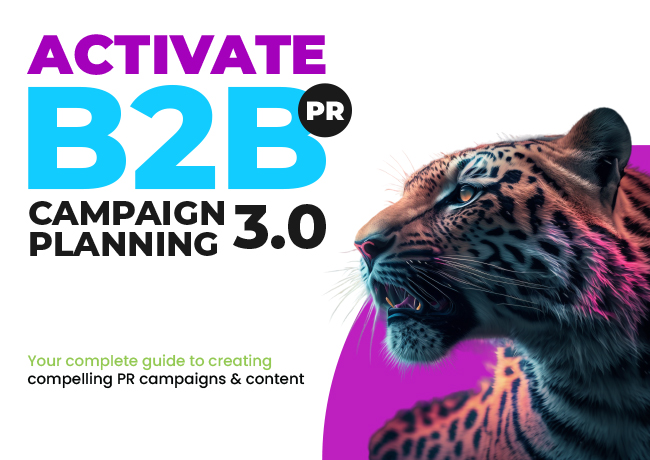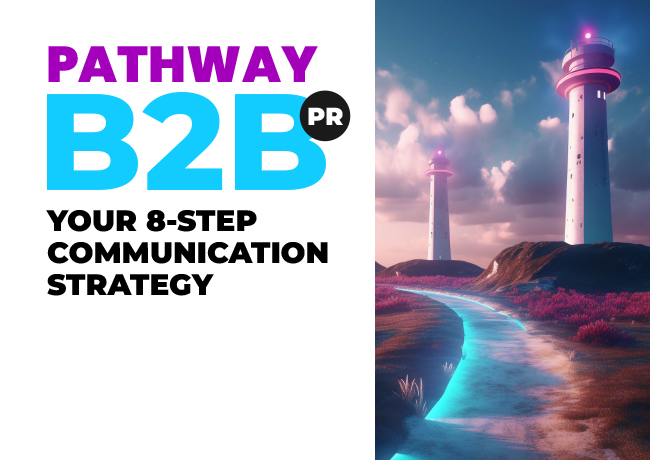
Public Relations without purpose is just noise | B2B PR
What we mean by a ‘purpose-led’ brand
As the notable brand visionary Simon Sinek says, “If you hire people just because they can do a job, they’ll work for the money. The goal is not to just hire people who need a job, but to hire people who believe what you believe.” Similarly, people don’t buy what you do, they buy why you do it and what you do only serves to prove that.
It is the why that is the essence of your brand purpose. It is the reason why your organisation exists. Your why is embedded in your value proposition and it forms the cornerstone of your communication strategy.
But why should I care?
A survey of nearly 30,000 consumers found that 62 percent of them want companies to take a stand on issues such as sustainability, transparency and fair employment practices. They also expect meaningful products, service and experiences. Price and product characteristics used to be the key differentiators, but companies now need to look beyond that to stand out.
Brand purpose provides a way to differentiate your brand, establish relevance and connect with customers (and employees!) on a deeper and more meaningful level.

ACTIVATE B2B PR Campaign Planning
Your complete guide to creating compelling PR campaigns and content
Developing your brand purpose
It comes down to three main parts — creativity, authenticity and relatability.
1 Creativity
Be inspired by what you’ve seen, read and heard, including about the beginnings of your brand. Sit down with your teams and ask them what they love about the company and what they would change about it if they could. Take surveys and glean information from people that matter.
2 Authenticity
Authenticity is more difficult. Consumers will spot a fraud or fake authenticity a mile off, and it will actively put them off. Be genuine and clear.
3 Relatability
Relatability is about being down-to-earth and human. At the end of the day, businesses selling products or services are made up of humans, and customers want to be able to see that. This is particularly important in B2B communications where relatable companies understand and communicate how they can make the lives of everyone in their business environment better — suppliers, employees and the end customer, and what value they can add.
Perhaps the most well-known example of a purpose-led brand is Dove. Originally a soap and beauty product company, Dove is now a company with a purpose to discover the value of ‘real’ beauty and improve self-esteem worldwide. These values are reflected in their campaigns that portray every-day women instead of models, and encourage them to embrace their natural bodies.
Brand purpose and PR
An authentic, compelling brand purpose that is relevant to target audiences offers companies an opportunity to create a community of loyal, engaged and valuable brand stakeholders.
Brand purpose needs to be embedded into everything a company says and does and be presented at every touchpoint for the business. This starts with consistent messaging that runs like a thread through content (press releases, interviews, social media, and any other messages that exist in the public domain).
This is a long-term effort that will make you visible, valued and understood.
Join our #B2BPR tribe:
If you’ve found this article valuable, you can get more useful insight here:
Download our marketing guide: Your 8-Step Communication Strategy
READ this Tech PR case study: How we raised news uptake by 400% for InsurTech firm, Concirrus

Your complete Guide to B2B PR Campaign Planning
Subscribe to our updates
Stay up to date with the latest insights, case studies and PR guides.

Your 8-Step Communication Strategy Guide
A comprehensive guide to delivering your business goals using intelligent and relevant messaging.



